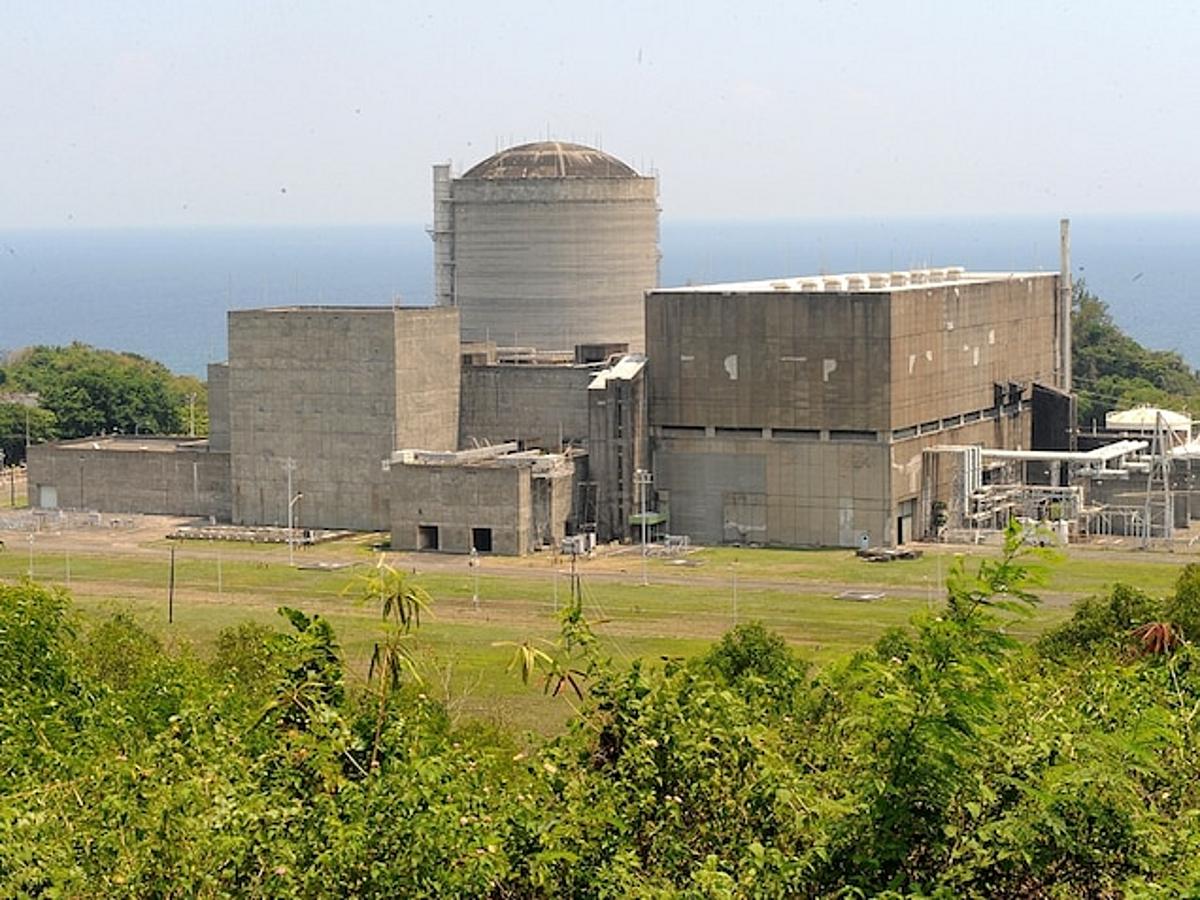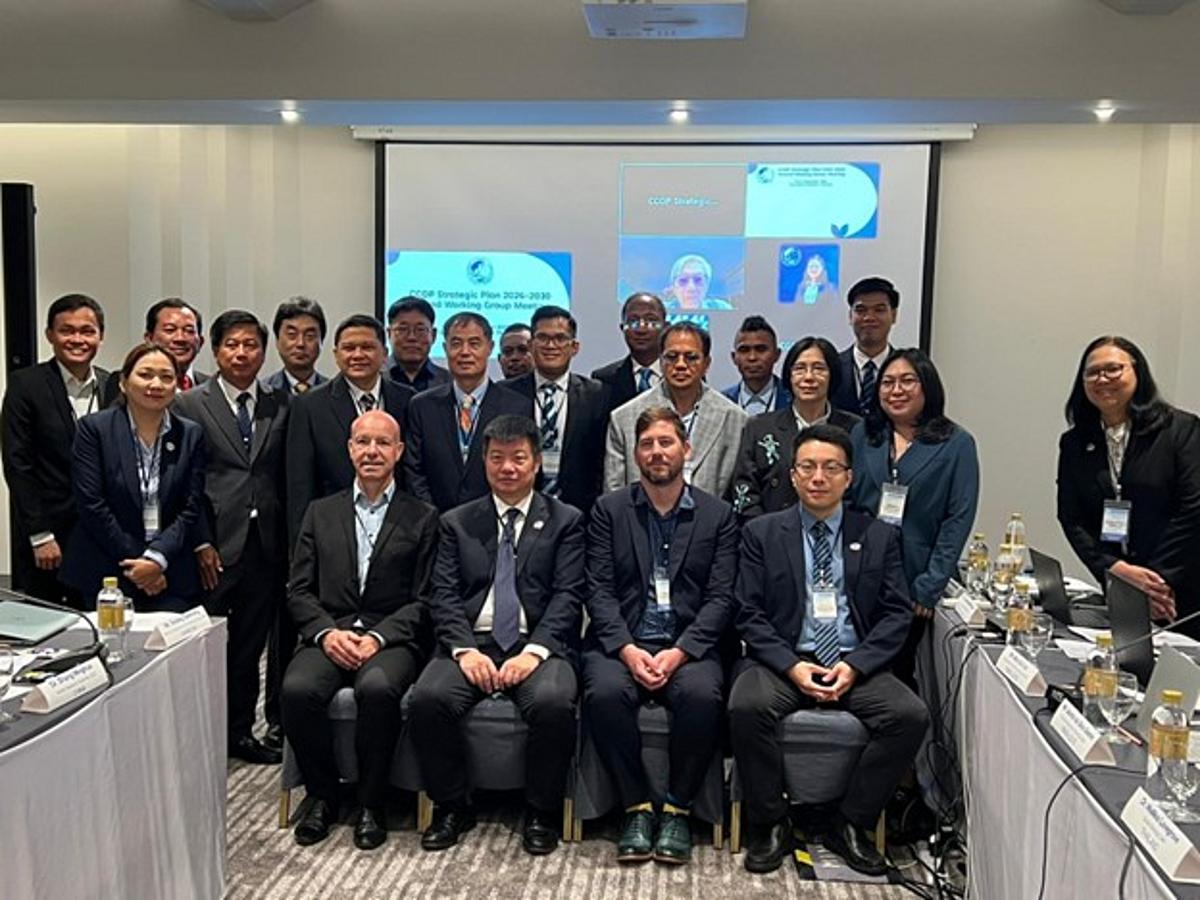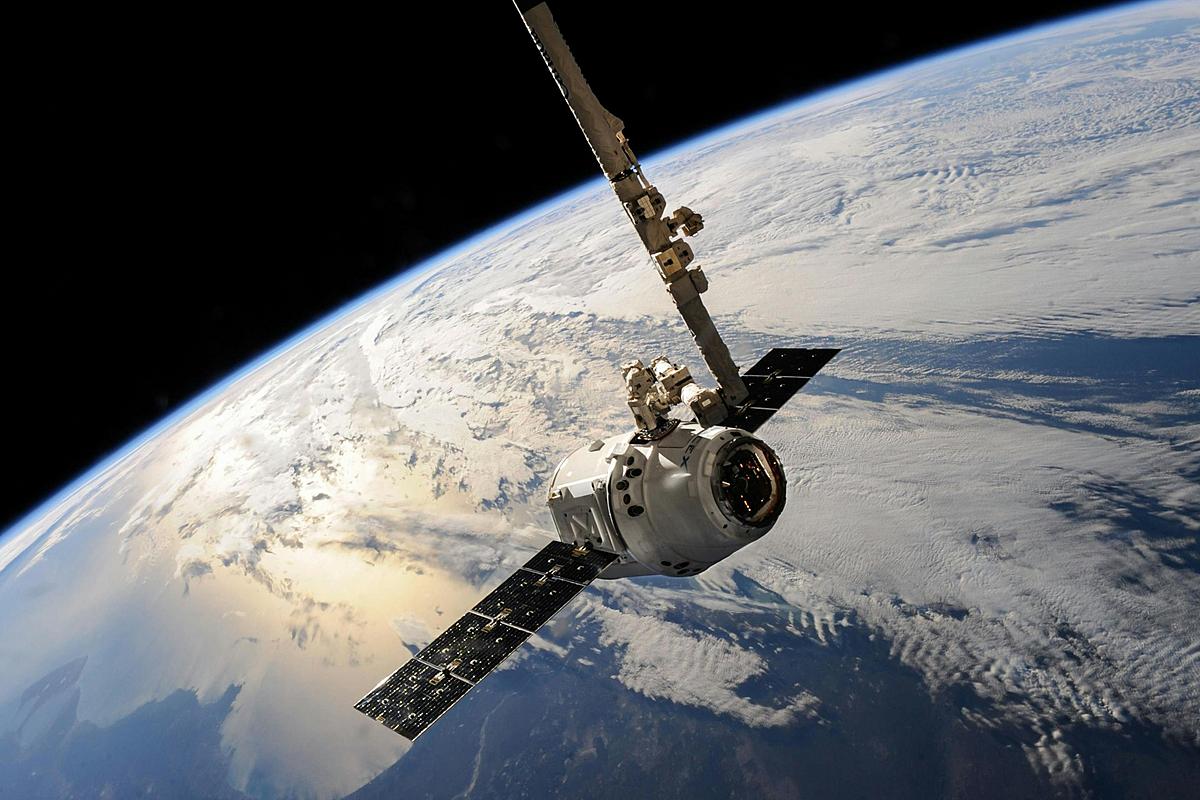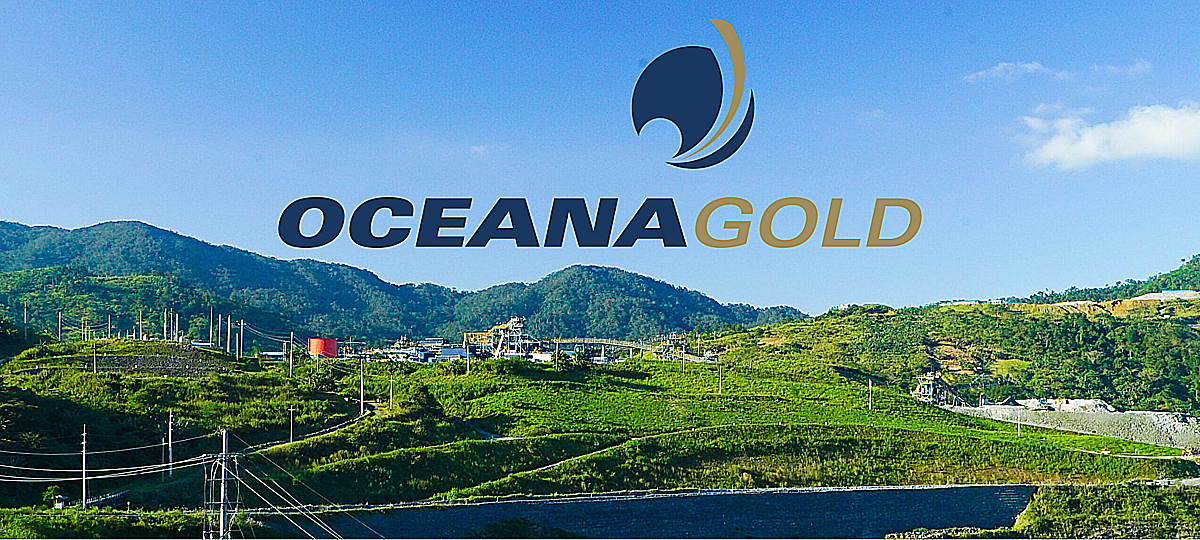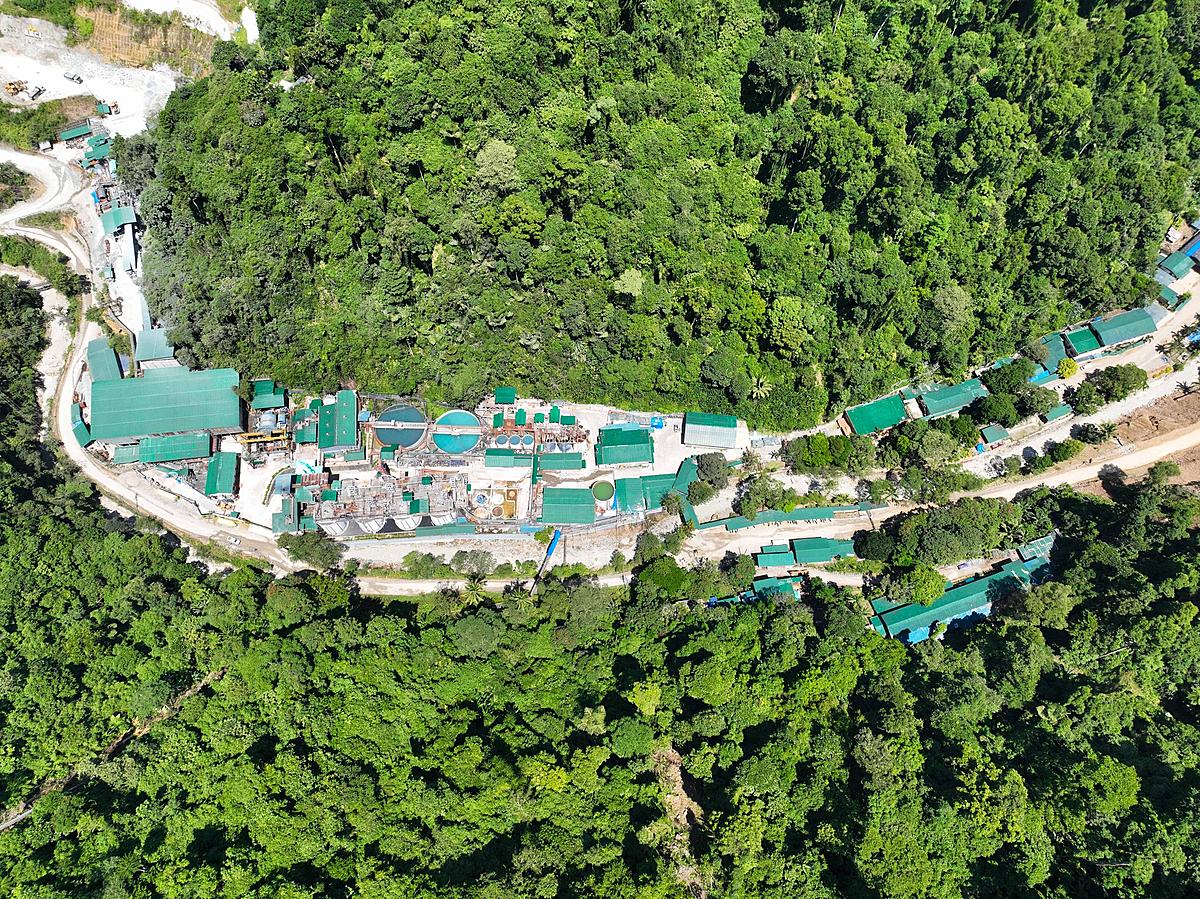Photo: Bataan nuclear power plant
Senator Sherwin Gatchalian is considering nuclear and solar energy as a possible alternative or additional sources of energy in the country.
Gatchalian, Senate energy committee chairman, said he favors “in principle” smaller nuclear reactors instead of the bigger ones for flexibility and safety.
“Small ones are more flexible and safer. Safer in the sense that it is smaller, deployable, and has the technology that can use nuclear wastes. Of course, it is still in the development stage,” he said in a radio interview on Monday.
He said small nuclear reactors can produce energy from 10 to 150 megawatts.
Gatchalian, however, does not consider reviving the Bataan nuclear power plant as it will be too risky and too costly to rehabilitate the facility.
He said many are also using solar energy with some big companies putting up solar power plants.
“I believe it could be part of the energy transition because nuclear is emission-free but the risk is where to put the wastes and if it encounters a problem, the cost is too high. Solar deployment is still a challenge because it is still quite expensive,” he added.
Gatchalian said he will file a bill on energy transition following the Department of Energy’s (DOE) move last year banning new coal power plants to accelerate the country’s shift to cleaner energy.
“We cannot hasten the energy transition because we will have no source of energy… The energy transition can be 10 years or longer but the important thing is it’s a scientific process to determine how we can transition out of fossil fuel into renewable safely, reliably, and securely,” he said.
He added that right now, the country’s energy needs are still good with fossil fuel but it is imperative to jumpstart the transition due to the increasing population and industries.
Gatchalian was here on Sunday to turn over his donation of 5,000 sets of personal protective equipment and 50 sacks of slippers to the Region 1 Medical Center. By Hilda Austria
Article courtesy of the Philippine News Agency

